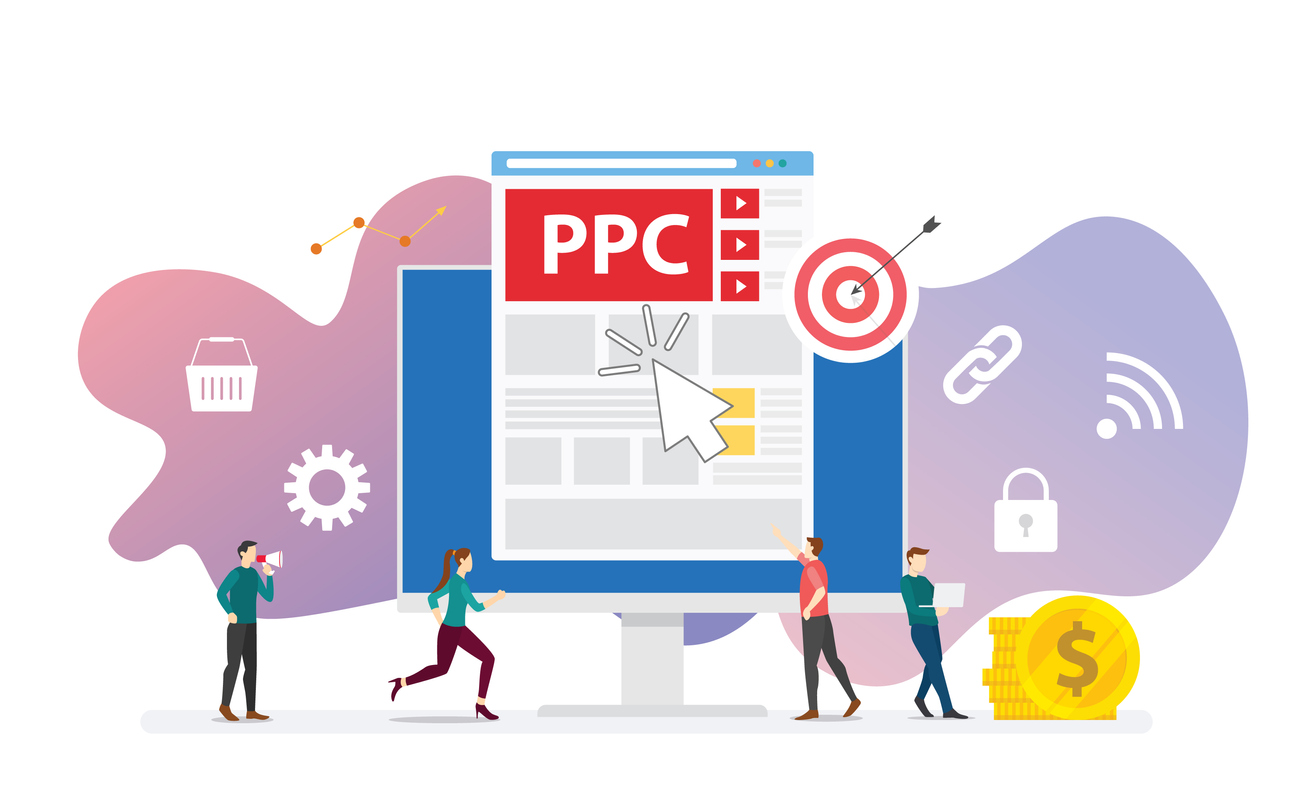Disruption to audiences’ browsing experience has become the name of the game in recent years. Making an ad’s size, design, frequency and viewability pander to audiences without challenging browsers in some overt fashion may indeed be safer, however, is it always the most fruitful strategy?
Is taking a less disruptive approach the best option?
An IAB study that found that 26% of users utilise ad blockers while according to the Advertising Research Foundation, once a digital banner reaches the same individual 40 times or more in a month, it can cause sales to decline. The harsh reality that 54% of internet users have never once clicked a banner ad due to a lack of trust.
With this in mind, brands have in recent years turned into native ads as a solution. Native ads do not appear as separate from the pages and articles surrounding them, but attempt to mimic the content or fit in ‘natively’ with the environment. Dedicated Media claim this has the effect of making these 53% more likely to be viewed than banner ads.
Why a more disruptive approach may be worth considering
Only 14% of those who responded to a survey carried out by Infolinks remembered the last display ad they had seen and the company or product it promoted.
The first ever banner ad for AT&T made in 1994 saw a 44% click-through rate (CTR). While the novelty of display ads has certainly worn off since then, digital marketing consultant Dan Barker ran a test in 2013 involving that same ad in today’s supposed ‘ad-blocker’ environment. It achieved a CTR of 0.74% – much less than original. Those familiar with programmatic advertising will recognise that 0.74% is still impressive, with the average CTR for all display ads standing at just 0.05%.
How to make your display ads more effective
With native ads appeasing those in favour of less disruptive ads and Barker implying that taking a more disruptive approach is good, is there a solution?
Whilst a disruptive display ad may sometimes be effective at grabbing users’ attention, a beautifully designed ad, together with appropriate targeting and frequency capping, can often provide a positive user experience and a subsequent increase in sales.
It’s therefore perhaps not so much a question of display ads being more or less disruptive; the focus should be on taking a test- and learn-led approach to continually optimise display ads in order to achieve the best results, broadly following the approach below.
Pre-launch
Before launching a display campaign, carefully consider the key factors involved, to help inform both the creative and targeting used:
1. The size and maturity of the business
For example, small and medium-sized businesses (SMBs) needing to rapidly build its customer base may choose to adopt a wider approach to targeting or a more ‘disruptive’ creative, whereas a large, well-known company may place more focus on the precise budget split between prospecting and remarketing tactics, and tailor ads accordingly.
2. The type of product and audience
Is it a niche product that will only be relevant to a very specific segment of people? Or has significant brand awareness already been built, with only timely reminders required? Think carefully about the audience you’re targeting – from both a geographic and demographic perspective. For instance, will the product sell across Europe if it’s overtly British, or will its high-end price appeal to people below a certain household income? If not, it may be worth detargeting in these scenarios.
3. Brand image and protection
Marketers may be worried about targeting users too many times with the same message and may, therefore, choose for the ads to evolve over time using sequential messaging or frequency capping on their ads.
Ongoing optimisation
Once your campaigns are live, closely assess performance on a regular basis, including looking at key metrics such as:
- the number of impressions served
- the number of clicks and
- the subsequent CTR cost per thousand impressions
- the number of conversions
Based on this, you’ll be able to track the impact of your display campaigns and optimise in near-real time. Having clear key performance indicators (KPIs) in mind is vital in doing so. The number of clicks may be most important if you’re looking to drive brand awareness. For example, post-view conversions might trump clicks if sales are your key objective.
Using A/B testing to compare the effectiveness of different variations of your creative is also important. Simple tests such as comparing calls-to-action can help inform the future direction of your campaigns, and can also help you to evaluate whether a more or less disruptive approach works best for your particular aims.
Whether you end up with more or less disruptive display ads, the key is to take a test and learn approach to continually evolve your campaigns.
_______
by Raviakash Deu
Source: performancein.com


